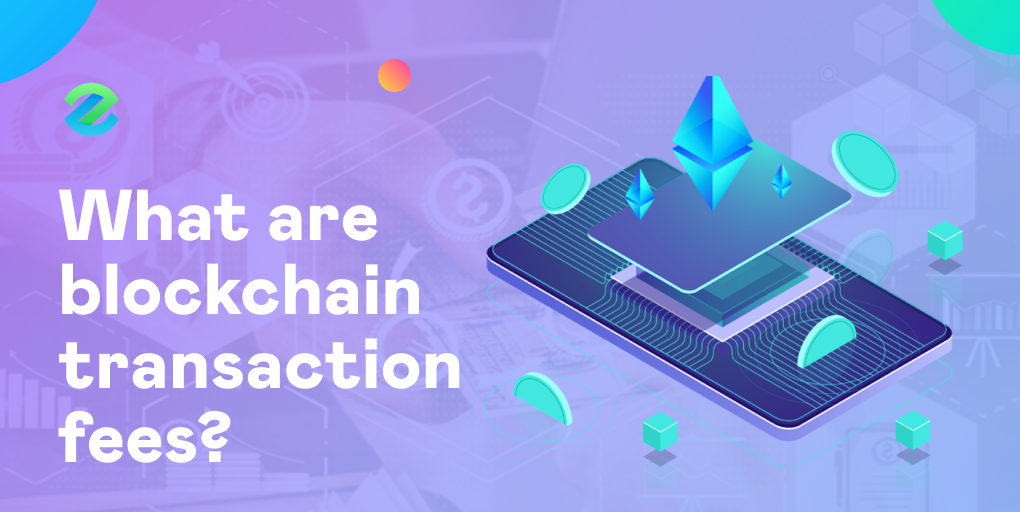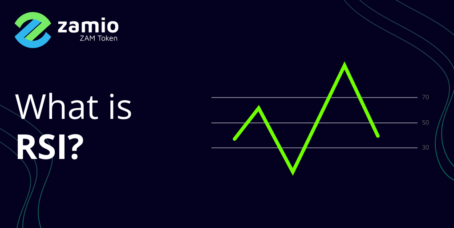Transaction fees are an essential part of the cryptocurrency economy. With the help of commissions, they reward users who support the operation of the network. They are also used as protection against intruders and spam.
Powerful traffic growth on some networks has led to significant increases in transaction fees. We will tell you in detail about what a commission is when transferring bitcoins, what it consists of, how it is charged and whether it is possible to save money on transfers.
Table of Contents
Components of the commission for the transfer of bitcoin
The bitcoin transfer fee, as in the case of any stable payment system, consists of two parts. The first part is the money going to keep the system running. The second part is an incentive, or, as it is also called, a reward for miners. It is needed in order for the transfer to be processed and confirmed as soon as possible.
How bitcoin transfer fees work
So, we have already found out that the commission for bitcoin transfer is a mandatory component when working in the crypto network. With the help of these accruals, the work of miners who mine the coin and pack it into special blocks is paid. Commissions are paid in Satoshi, the smallest coin on the network, which is one hundred millionth (0.00000001) of a Bitcoin.
Any translation is a program code. It depends on where the coins are going and where they are sent from. The length of the code chain depends on the number of participants in the transaction.
What does it look like in practice?
- The first stage is checking the transaction for compliance with payment parameters and standards. Nodes (computers that produce blocks and are part of the pool) check the entire history of bitcoin transactions of the sender of the coin;
- The second stage is the inclusion of a valid transaction in the mempool. At this stage, the transaction is in line and waiting for its miner (the user who mines the coin and packs it into a block). At this time, the transaction is not yet considered committed;
- The third stage is sending the coin to the block and signaling the transaction. The speed of adding to the block depends on the size of the commission. The higher the fee, especially during peak days of network traffic, the faster the transaction is completed.
What determines the size of the commission
The amount of the commission depends on a number of factors. First of all, this is the number of transactions taking place in the network. If there are many of them, then the deal code increases. Each new bitcoin transfer operation adds a certain number of bytes to the transaction. Once the code has grown by a thousand bytes, the Bitcoin transfer fee increases by 0.0001 Bitcoin.
The second important factor is the load of the network itself. The more transactions take place in a unit of time, the higher the commission will be. The increased fee for transferring bitcoin from wallet to wallet reduces the appetites of buyers and regulates the network load.
There are several other patterns that indirectly affect the amount of commissions. If a lot of transactions with small amounts take place in a unit of time, the amount of remuneration to miners and commissions grow. But rare, but relatively large transactions of cryptocoins lead to a drop in commission. But all this is the kitchen of developers and technical issues. For the users themselves, completely different parameters are important.
How to quickly calculate commissions
Calculating commissions manually is a boring and thankless task. Moreover, while you enter the next value, the activity on the network can change dramatically, and you will have to read everything again.
So it is better to trust online calculators. You can determine the price parameters of the transaction on several services at once – for example, on BuyBitcoinWorldwide. On this site, you are offered a range of commission values that will suit you.
On another Bitcoinfees.info site, transactions are divided by the speed of their completion: fast, medium and slow. Accordingly, reasonable commissions are selected for these values. The user must choose the value he likes.
Only on Bitcoinfees.earn.com the size of the commission is determined not in fractions of the whole bitcoin, but immediately in satoshi.
How to save money on translation
To optimize transactions in terms of speed and fees when transferring bitcoins, users use a number of life hacks. The basic option is an average reward for miners, in the event that the transfer is required to be received without any special delays.
To calculate, it is enough to use special sites and carry out the calculation for the current period, given that aggregators show approximate values of the minimum recommended commission. Here it is better to slightly round the amount up.
However, even observing the condition of motivating miners, you can save money. To do this, you need to monitor the network load – there are periods in the day when the queue of transactions decreases.
Do not transfer bitcoins before the holidays. At this time, the number of transactions in the network increases dramatically, which automatically increases the average commission. On the other hand, during these very holidays, user activity often drops and there is a chance to get a profitable commission. At the same time, it should be taken into account that some mining pools reject payments with a small commission from mining.
The minimum commission is 0.0001 bitcoin, or 10,000 satoshi. You can find out the exact amount in dollars using online converters. But there is a meager chance to send your crypto for free. Free BTC transactions are possible if several conditions match:
- The volume of the operation must be less than 1 thousand bytes;
- Transaction amount from 0.01 bitcoin;
- Multiple confirmation of the coins participating in the transfer.
You can set a high priority for such a translation.
If there is such a data set, it still does not guarantee a fast translation. Sometimes the operation completely freezes, and the cryptocurrency is simply returned to the user’s account.







